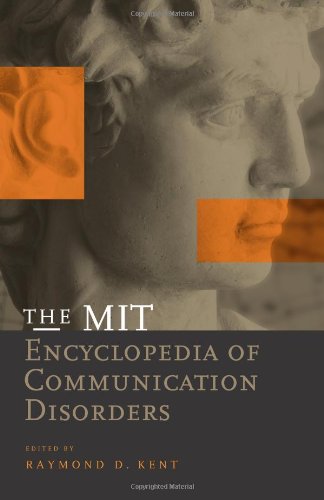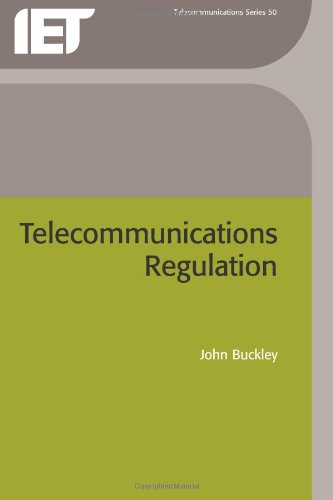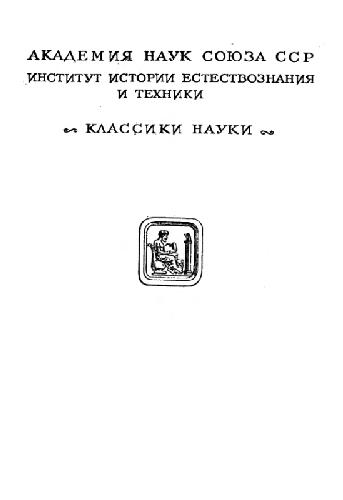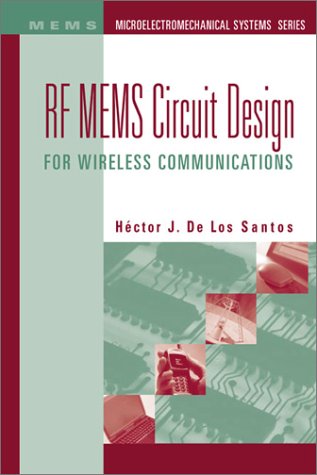Raymond D. Kent0262112787, 9780262112789
Table of contents :
The MIT Encyclopedia of Communication Disorders……Page 2
The MIT Encyclopedia of Communication Disorders……Page 4
Copyright……Page 5
Contents……Page 6
Introduction……Page 10
Acknowledgments……Page 12
Part I: Voice……Page 14
Acoustic Assessment of Voice……Page 16
Aerodynamic Assessment of Vocal Function……Page 20
Alaryngeal Voice and Speech Rehabilitation……Page 23
Anatomy of the Human Larynx……Page 26
Assessment of Functional Impact of Voice Disorders……Page 33
Electroglottographic Assessment of Voice Disorders……Page 36
Functional Voice Disorders……Page 40
Hypokinetic Laryngeal Movement Disorders……Page 43
Infectious Diseases and In.ammatory Conditions of the Larynx……Page 45
Instrumental Assessment of Children.ˉs Voice……Page 48
Laryngeal Movement Disorders:Treatment with Botulinum Toxin……Page 51
Laryngeal Reinnervation Procedures……Page 54
Laryngeal Trauma and Peripheral Structural Ablations……Page 58
Psychogenic Voice Disorders: Direct Therapy……Page 62
The Singing Voice……Page 64
Vocal Hygiene……Page 67
Vocal Production System: Evolution……Page 69
Vocalization, Neural Mechanisms of……Page 72
Voice Acoustics……Page 76
Voice Disorders in Children……Page 80
Voice Disorders of Aging……Page 85
Voice Production: Physics and Physiology……Page 88
Voice Quality, Perceptual Evaluation of……Page 91
Voice Rehabilitation After Conservation Laryngectomy……Page 93
Voice Therapy: Breathing Exercises……Page 95
Voice Therapy: Holistic Techniques……Page 98
Voice Therapy for Adults……Page 101
Voice Therapy for Neurological Aging-Related Voice Disorders……Page 104
Voice Therapy for Professional Voice Users……Page 108
Part II: Speech……Page 112
Apraxia of Speech: Nature and Phenomenology……Page 114
Apraxia of Speech: Treatment……Page 117
Aprosodia……Page 120
Augmentative and Alternative Communication Approaches in Adults……Page 123
Augmentative and Alternative Communication Approaches in Children……Page 125
Autism……Page 128
Bilingualism, Speech Issues in……Page 132
Developmental Apraxia of Speech……Page 134
Dialect, Regional……Page 137
Dysarthrias: Characteristics and Classi.cation……Page 139
Dysarthrias: Management……Page 142
Dysphagia, Oral and Pharyngeal……Page 145
Early Recurrent Otitis Media and Speech Development……Page 148
Laryngectomy……Page 150
Mental Retardation and Speech in Children……Page 153
Motor Speech Involvement in Children……Page 155
Mutism, Neurogenic……Page 158
Orofacial Myofunctional Disorders in Children……Page 160
Phonetic Transcription of Children’s Speech……Page 163
Phonological Awareness Intervention for Children with Expressive Phonological Impairments……Page 166
Phonological Errors, Residual……Page 169
Phonology: Clinical Issues in Serving Speakers of African-American Vernacular English……Page 171
Psychosocial Problems Associated with Communicative Disorders……Page 174
Speech and Language Disorders in Children: Computer-Based Approaches……Page 177
Speech and Language Issues in Children from Asian-Pacific Background……Page 180
Speech Assessment, Instrumental……Page 182
Speech Assessment in Children: Descriptive Linguistic Methods……Page 187
Speech Development in Infants and Young Children with a Tracheostomy……Page 189
Speech Dis . uency and Stuttering in Children……Page 193
Speech Disorders: Genetic Transmission……Page 196
Speech Disorders in Adults,Psychogenic……Page 199
Speech Disorders in Children:A Psycholinguistic Perspective……Page 202
Speech Disorders in Children:Behavioral Approaches to Remediation……Page 205
Speech Disorders in Children:Birth- Related Risk Factors……Page 207
Speech Disorders in Children:Cross- Linguistic Data……Page 209
Speech Disorders in Children:Descriptive Linguistic Approaches……Page 211
Speech Disorders in Children: Motor Speech Disorders of Known Origin……Page 213
Speech Disorders in Children:Speech- Language Approaches……Page 217
Speech Disorders Secondary to Hearing Impairment Acquired in Adulthood……Page 220
Speech Issues in Children from Latino Backgrounds……Page 223
Speech Sampling, Articulation Tests,and Intelligibility in Children with Phonological Errors……Page 226
Speech Sampling, Articulation Tests,and Intelligibility in Children with Residual Errors……Page 228
Speech Sound Disorders in Children:Description and Classi . cation……Page 231
Transsexualism and Sex Reassignment:Speech Di¤erences……Page 236
Ventilator- Supported Speech Production……Page 239
Part III: Language……Page 242
Agrammatism……Page 244
Agraphia……Page 246
Alexia……Page 249
Alzheimer’s Disease……Page 253
Aphasia, Global……Page 256
Aphasia, Primary Progressive……Page 258
Aphasia: The Classical Syndromes……Page 262
Aphasia, Wernicke’s……Page 265
Aphasia Treatment: Computer- Aided Rehabilitation……Page 267
Aphasia Treatment: Pharmacological Approaches……Page 270
Aphasia Treatment: Psychosocial Issues……Page 273
Aphasic Syndromes: Connectionist Models……Page 275
Aphasiology, Comparative……Page 278
Argument Structure: Representation and Processing……Page 282
Attention and Language……Page 285
Auditory- Motor Interaction in Speech and Language……Page 288
Augmentative and Alternative Communication: General Issues……Page 290
Bilingualism and Language Impairment……Page 292
Communication Disorders in Adults:Functional Approaches to Aphasia……Page 296
Communication Disorders in Infants and Toddlers……Page 298
Communication Skills of People with Down Syndrome……Page 301
Dementia……Page 304
Dialect Speakers……Page 307
Dialect Versus Disorder……Page 310
Discourse……Page 313
Discourse Impairments……Page 315
Functional Brain Imaging……Page 318
Inclusion Models for Children with Developmental Disabilities……Page 320
Language Development in Children with Focal Lesions……Page 324
Language Disorders in Adults:Subcortical Involvement……Page 327
Language Disorders in African-American Children……Page 331
Language Disorders in Latino Children……Page 334
Language Disorders in School-Age Children: Aspects of Assessment……Page 337
Language Disorders in School- Age Children: Overview……Page 339
Language Impairment and Reading Disability……Page 342
Language Impairment in Children:Cross- Linguistic Studies……Page 344
Language in Children Who Stutter……Page 346
Language of the Deaf: Acquisition of English……Page 349
Language of the Deaf: Sign Language……Page 352
Linguistic Aspects of Child Language Impairment—Prosody……Page 357
Melodic Intonation Therapy……Page 360
Memory and Processing Capacity……Page 362
Mental Retardation……Page 365
Morphosyntax and Syntax……Page 367
Otitis Media: E¤ects on Children’s Language……Page 371
Perseveration……Page 374
Phonological Analysis of Language Disorders in Aphasia……Page 376
Phonology and Adult Aphasia……Page 379
Poverty: E¤ects on Language……Page 382
Pragmatics……Page 385
Prelinguistic Communication Intervention for Children with Developmental Disabilities……Page 388
Preschool Language Intervention……Page 391
Prosodic De.cits……Page 394
Reversibility/ Mapping Disorders……Page 396
Right Hemisphere Language and Communication Functions in Adults……Page 399
Segmentation of Spoken Language by Normal Adult Listeners……Page 405
Semantics……Page 408
Social Development and Language Impairment……Page 411
Speci . c Language Impairment in Children……Page 415
Syntactic Tree Pruning……Page 418
Trace Deletion Hypothesis……Page 420
Part IV: Hearing……Page 424
Amplitude Compression in Hearing Aids……Page 426
Assessment of and Intervention with Children Who Are Deaf or Hard of Hearing……Page 434
Audition in Children, Development of……Page 437
Auditory Brainstem Implant……Page 440
Auditory Brainstem Response in Adults……Page 442
Auditory Neuropathy in Children……Page 446
Auditory Scene Analysis……Page 450
Auditory Training……Page 452
Classroom Acoustics……Page 455
Clinical Decision Analysis……Page 457
Cochlear Implants……Page 460
Cochlear Implants in Adults:Candidacy……Page 463
Cochlear Implants in Children……Page 467
Dichotic Listening……Page 471
Electrocochleography……Page 474
Electronystagmography……Page 480
Frequency Compression……Page 484
Functional Hearing Loss in Children……Page 488
Genetics and Craniofacial Anomalies……Page 490
Hearing Aid Fitting: Evaluation of Outcomes……Page 493
Hearing Aids: Prescriptive Fitting……Page 495
Hearing Aids: Sound Quality……Page 500
Hearing Loss and the Masking- Level Di ¤ erence……Page 502
Hearing Loss and Teratogenic Drugs or Chemicals……Page 506
Hearing Loss Screening: The School- Table 1. School-Age Child……Page 508
Hearing Protection Devices……Page 510
Masking……Page 513
Middle Ear Assessment in the Child……Page 517
Noise- Induced Hearing Loss……Page 521
Otoacoustic Emissions……Page 524
Otoacoustic Emissions in Children……Page 528
Ototoxic Medications……Page 531
Pediatric Audiology: The Test Battery Approach……Page 533
Physiological Bases of Hearing……Page 535
Pitch Perception……Page 538
Presbyacusis……Page 540
Pseudohypacusis……Page 544
Pure- Tone Threshold Assessment……Page 547
Speech Perception Indices……Page 551
Speech Tracking……Page 554
Speechreading Training and Visual Tracking……Page 556
Suprathreshold Speech Recognition……Page 561
Temporal Integration……Page 563
Temporal Resolution……Page 566
Tinnitus……Page 569
Tympanometry……Page 571
Vestibular Rehabilitation……Page 576
Contributors……Page 582
Name Index……Page 590
Subject Index……Page 616







Reviews
There are no reviews yet.